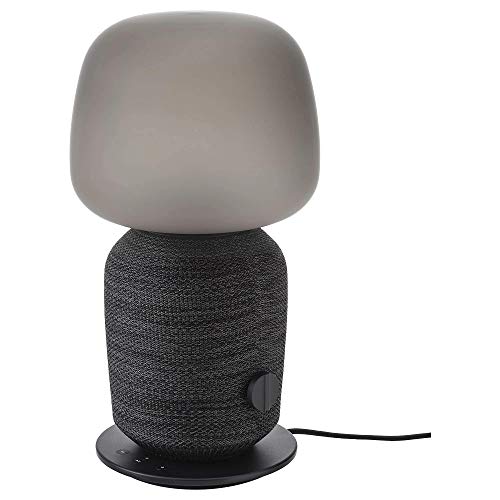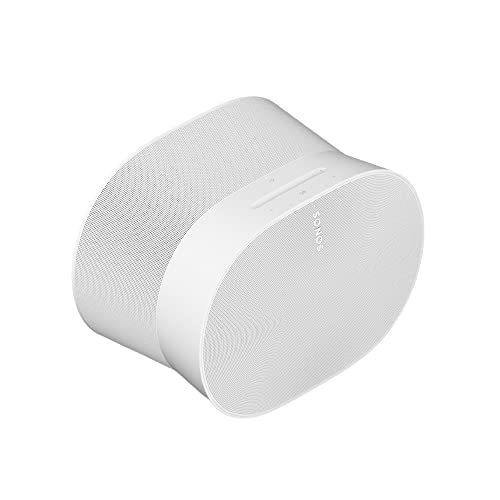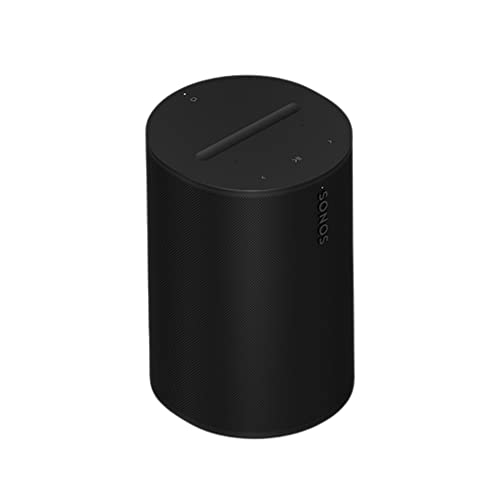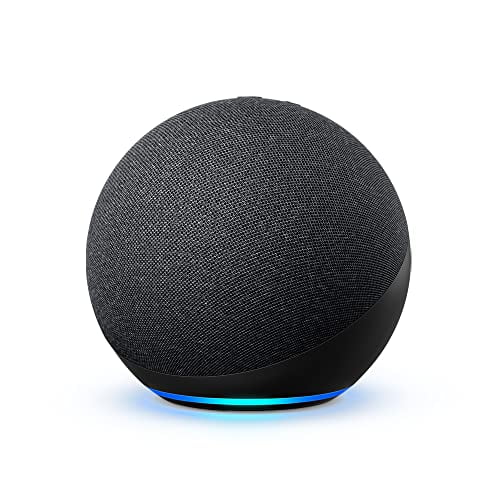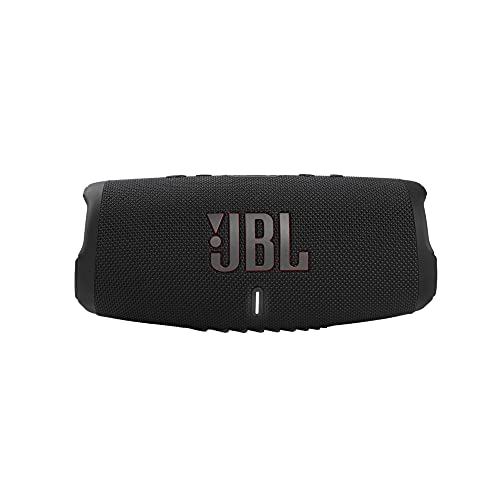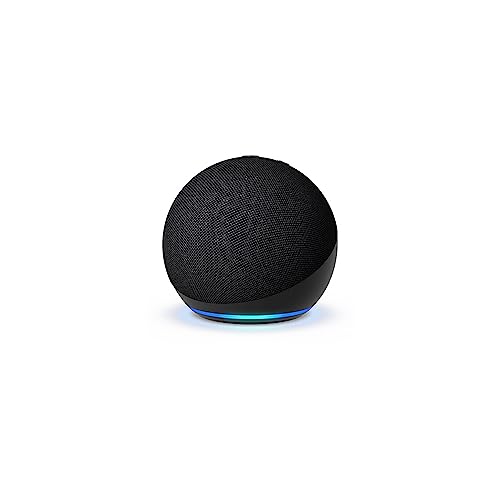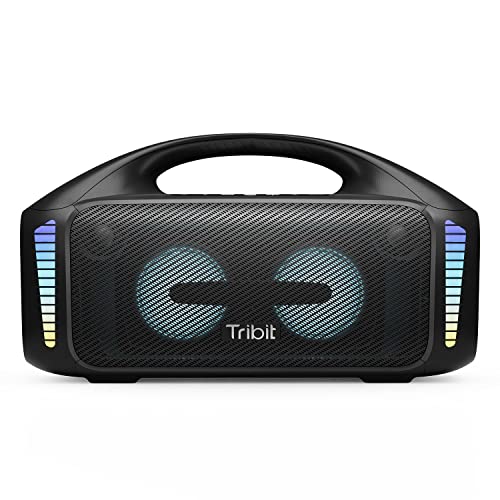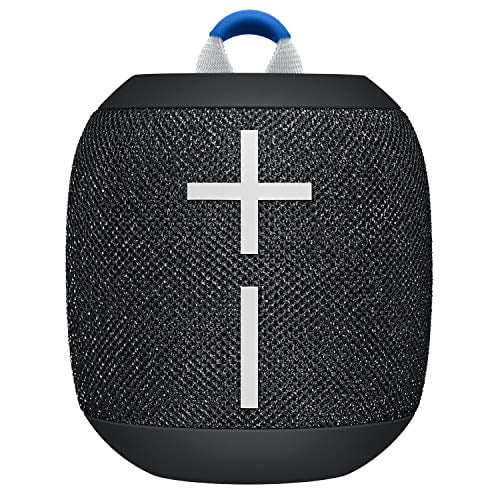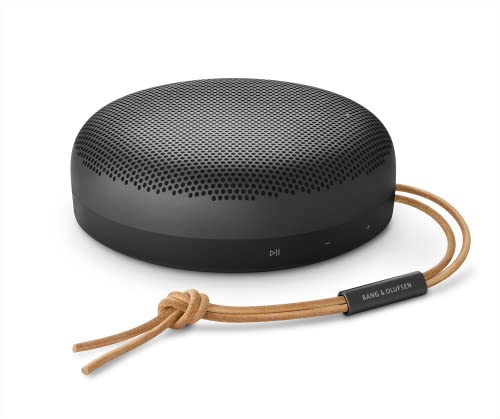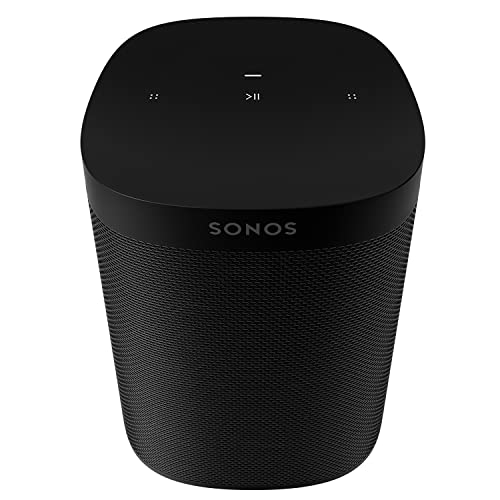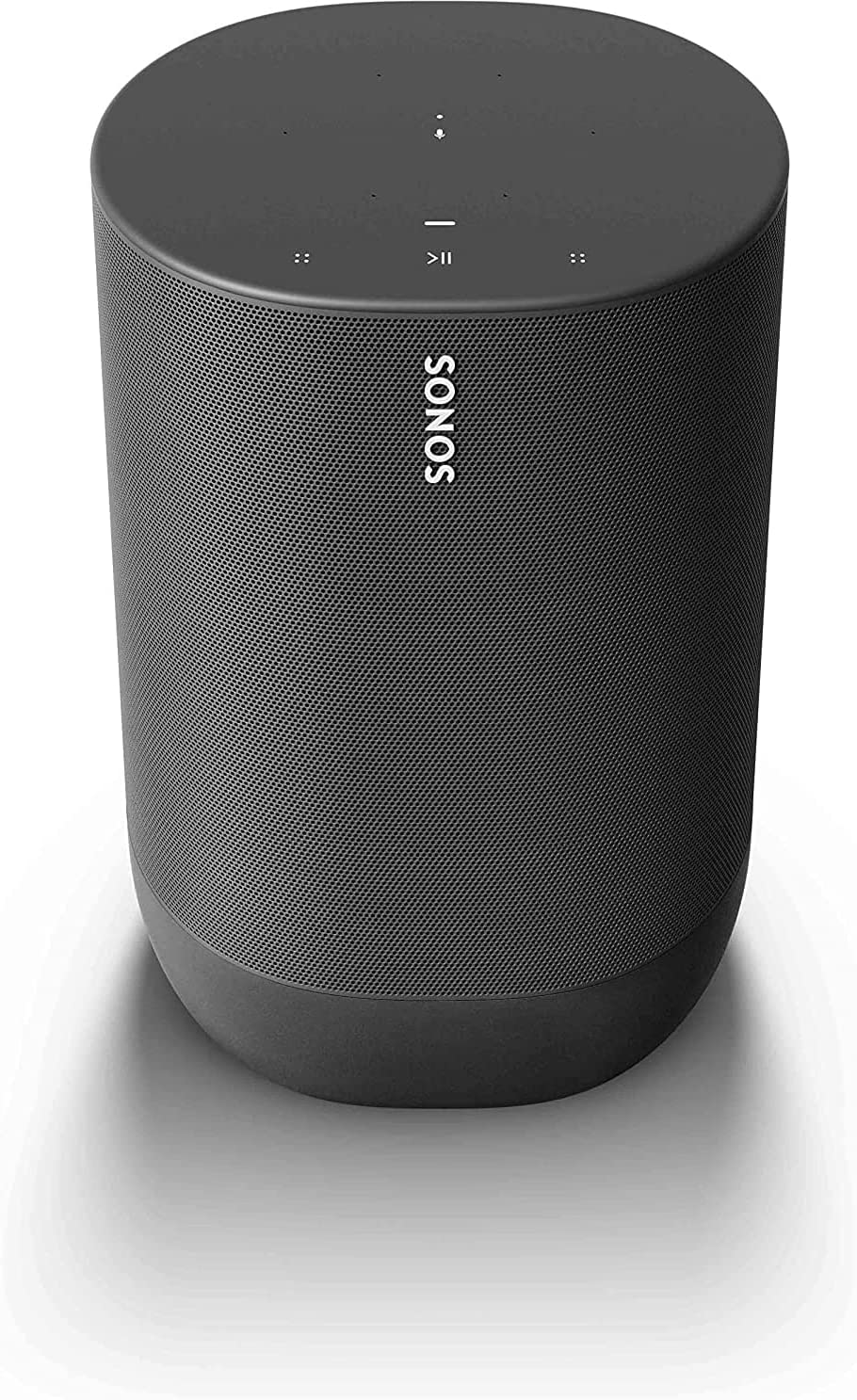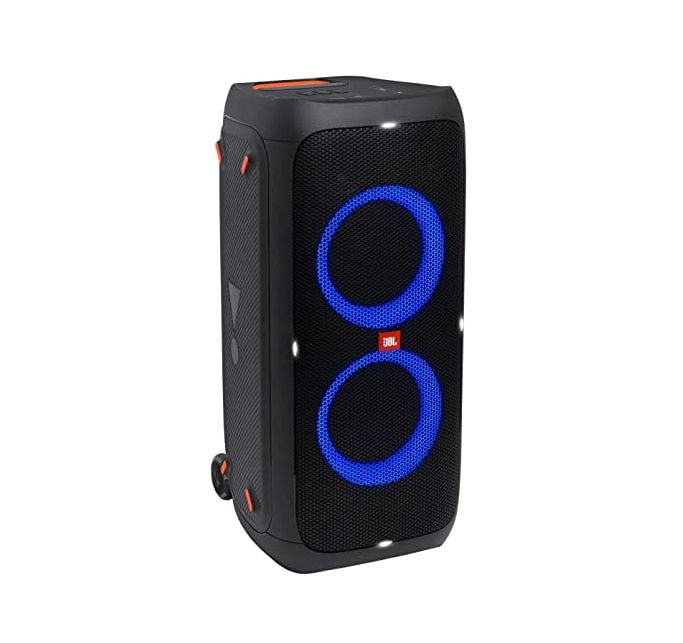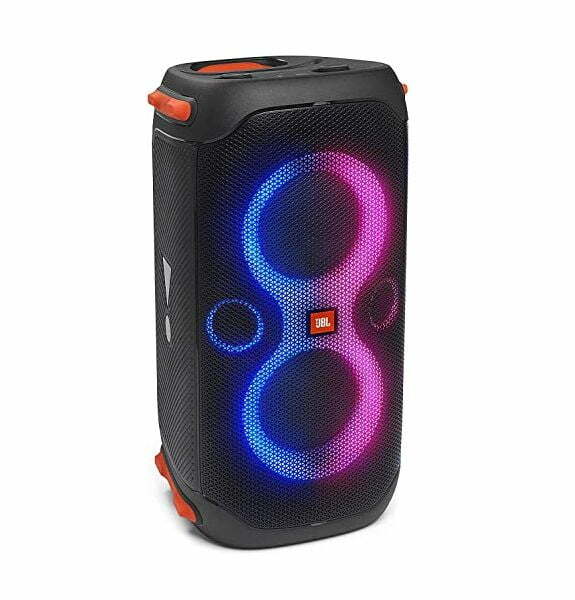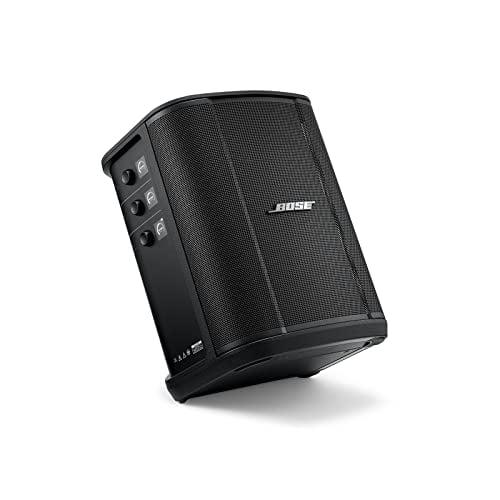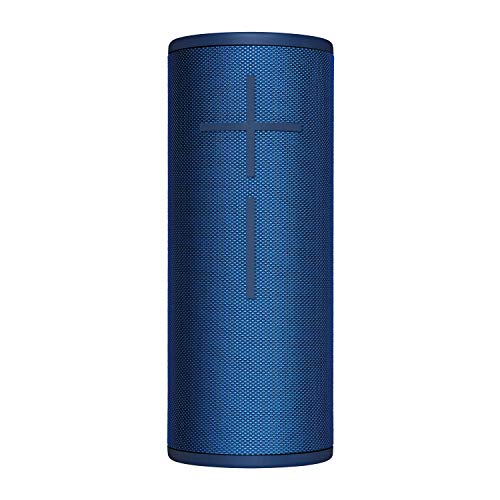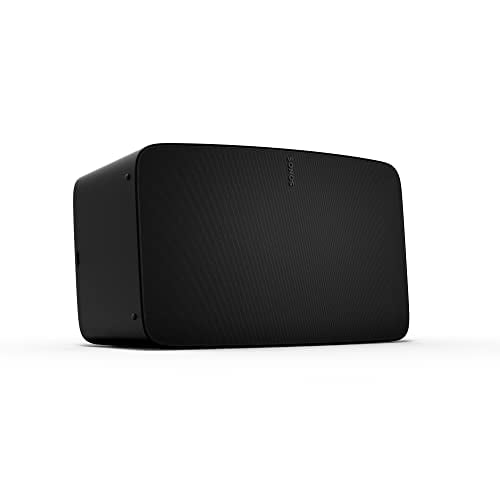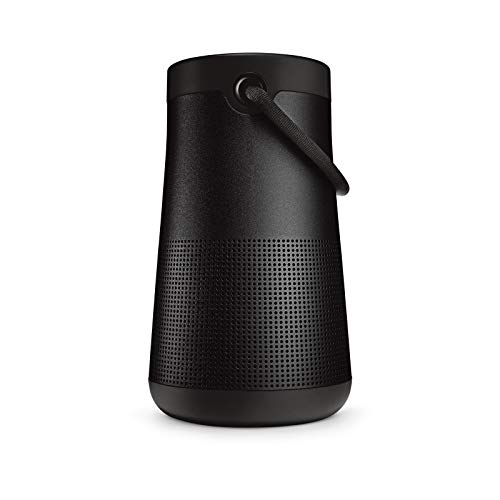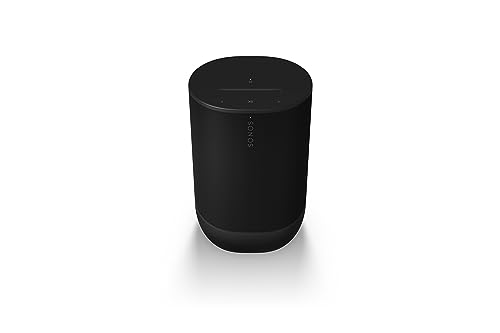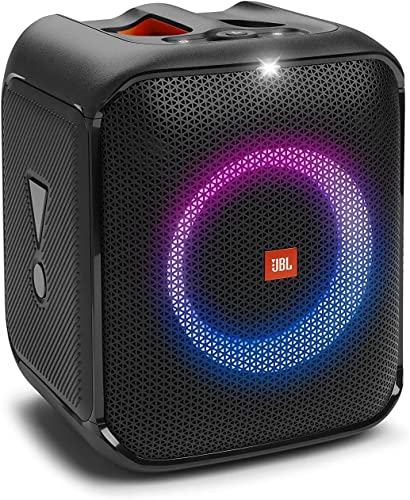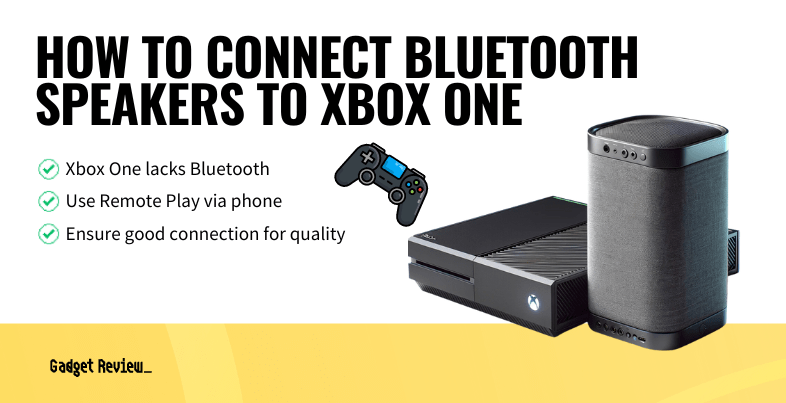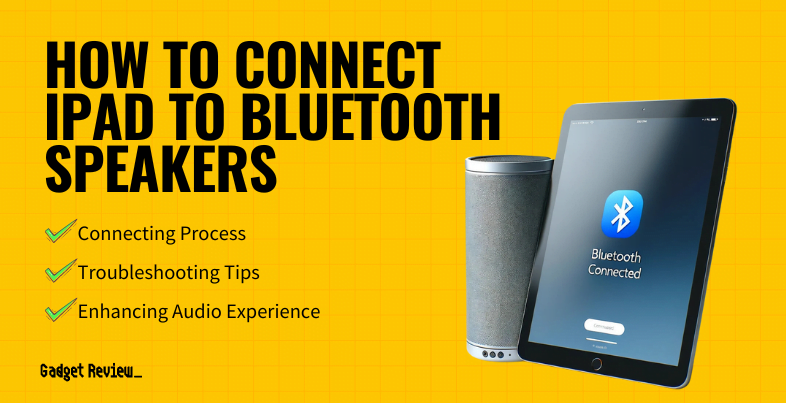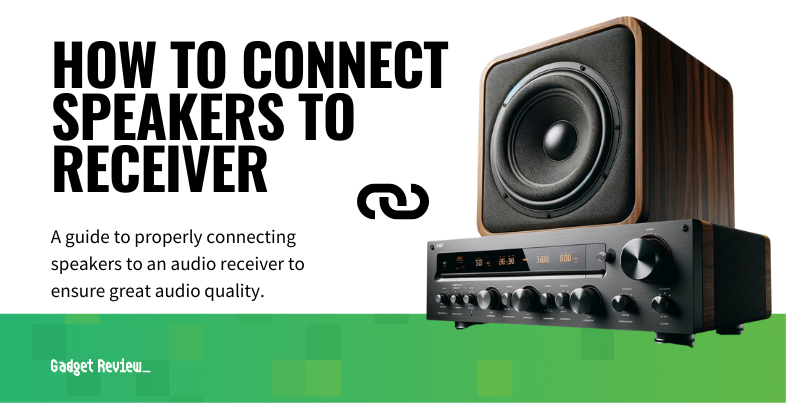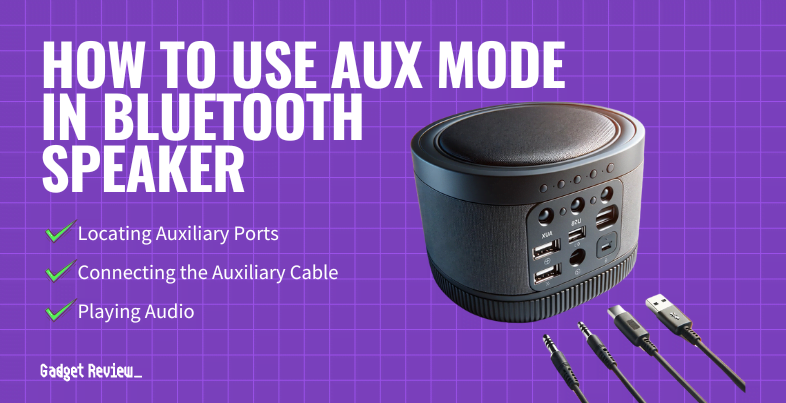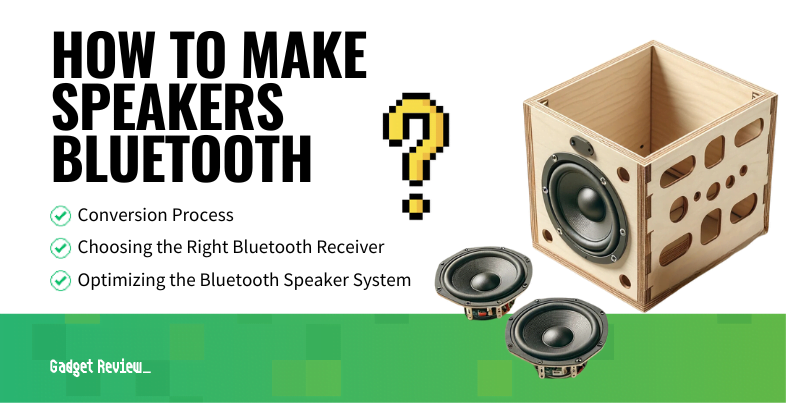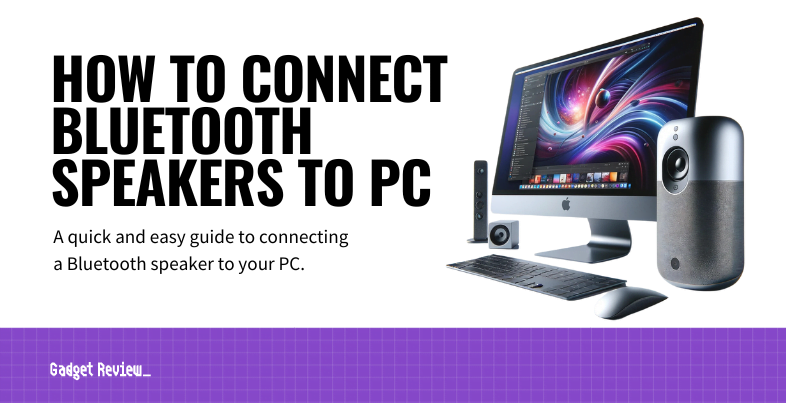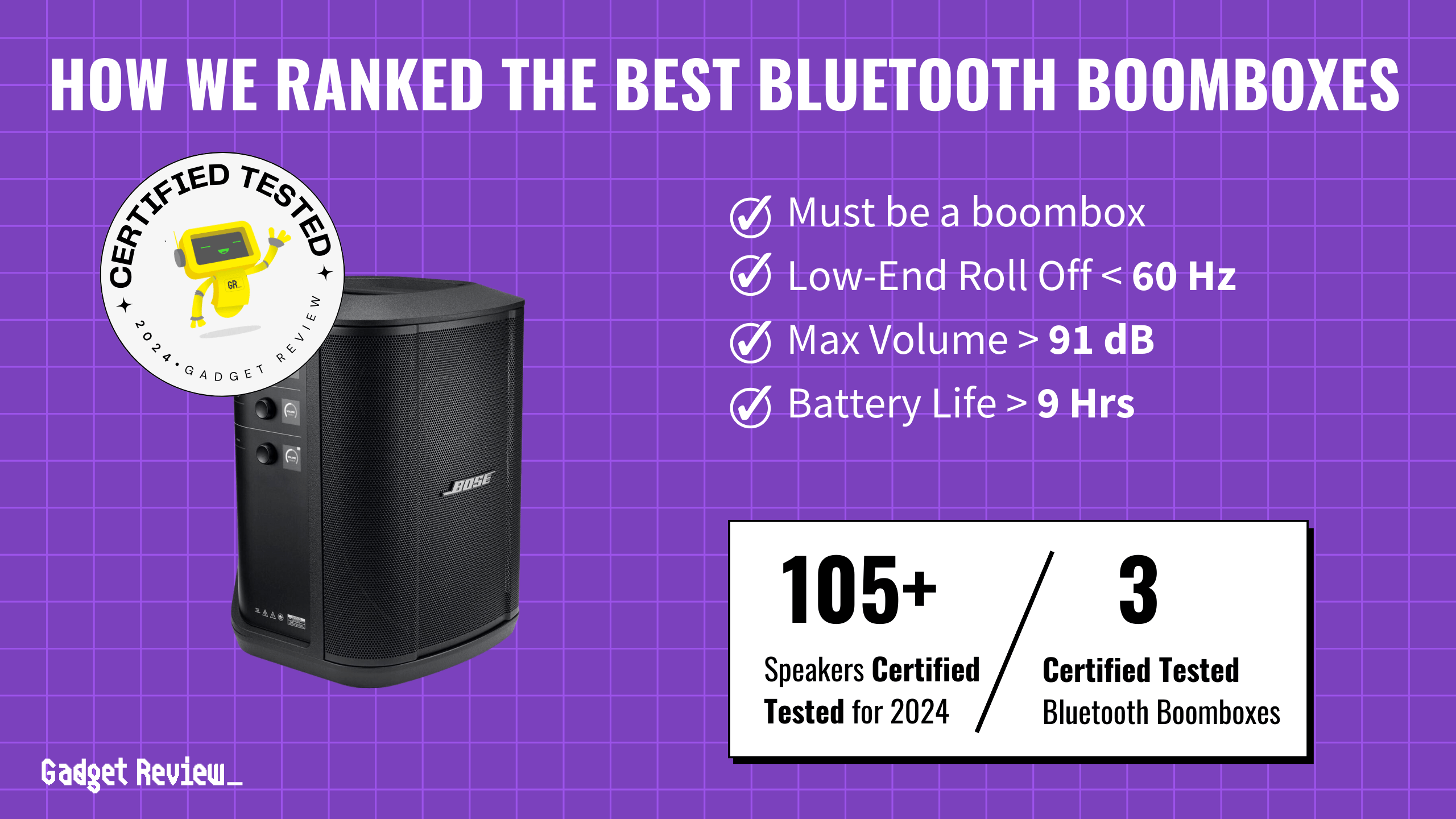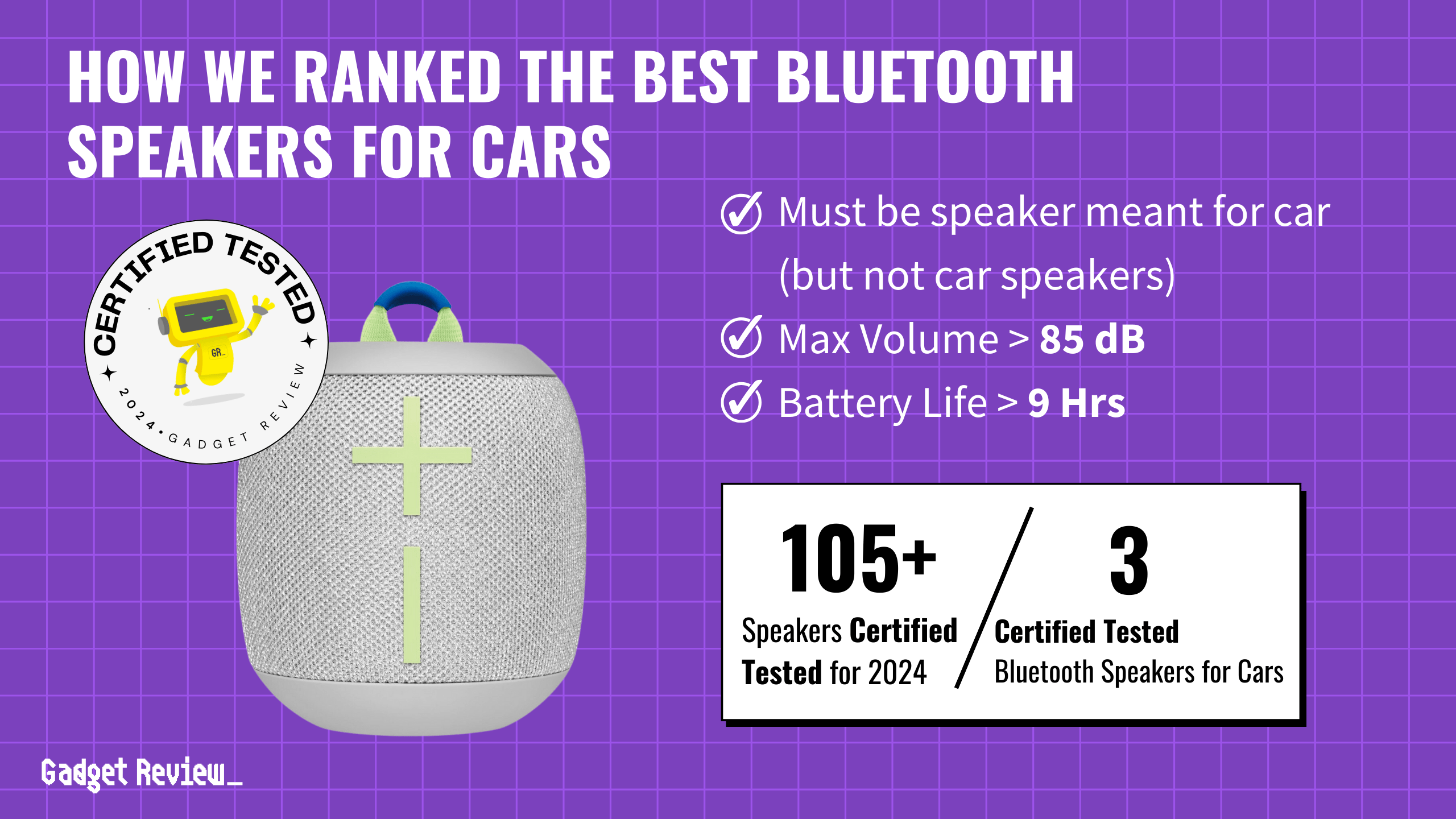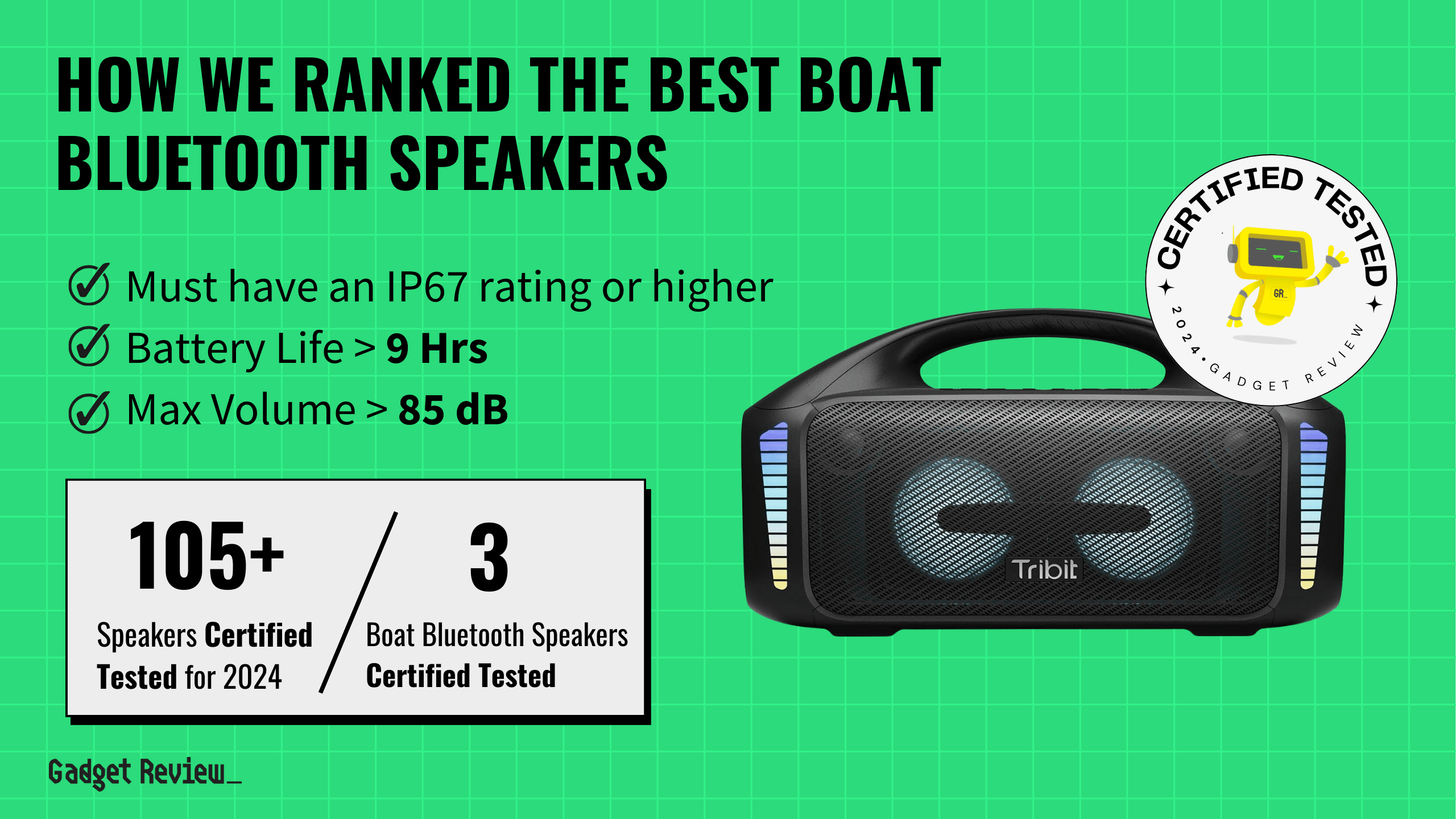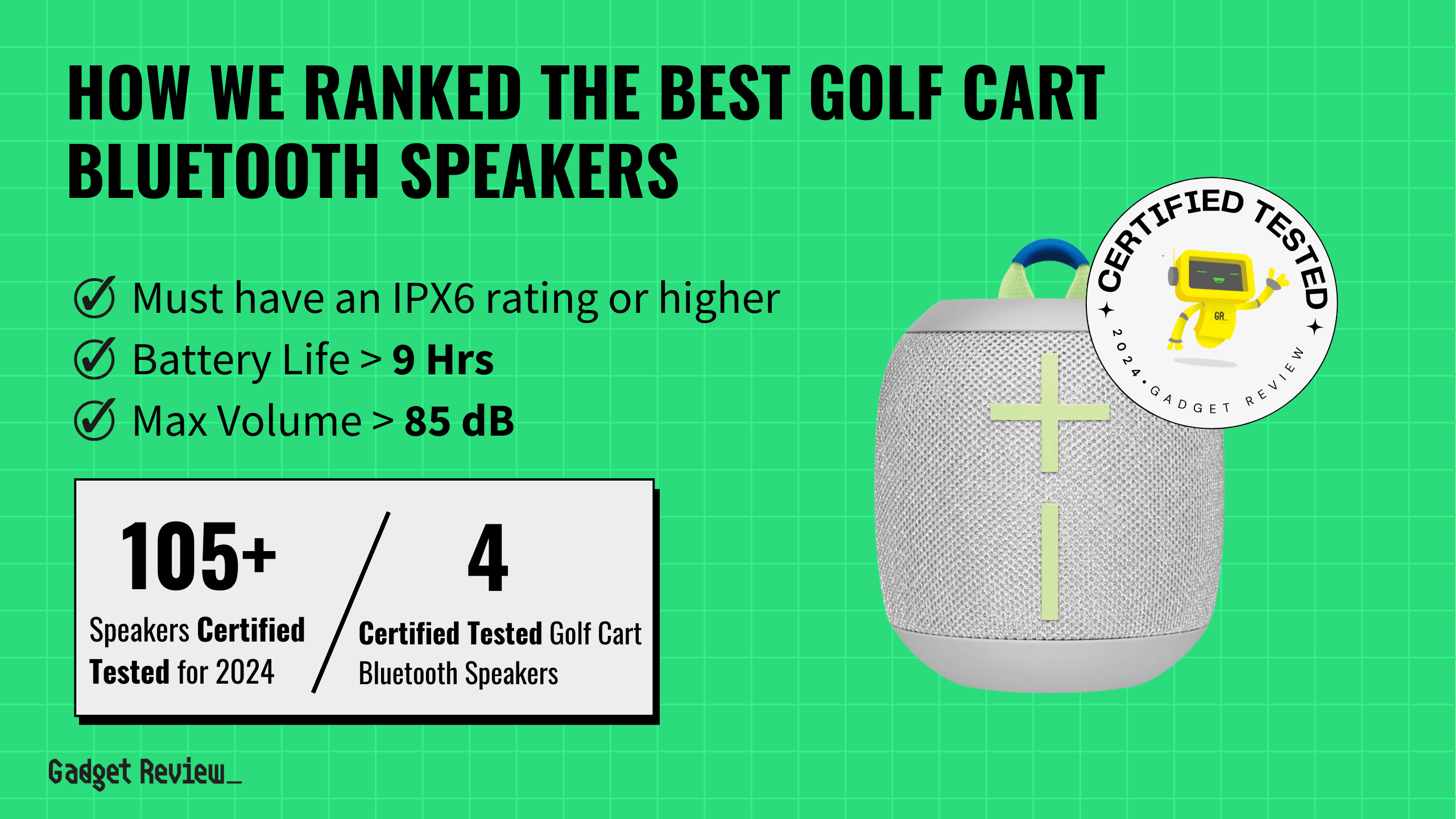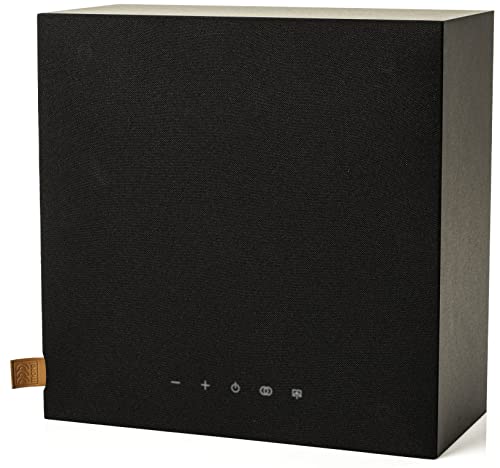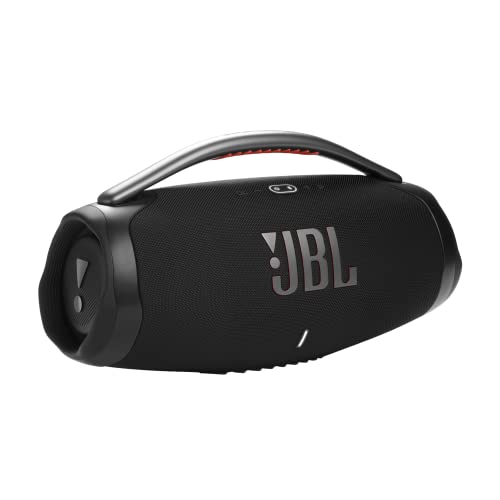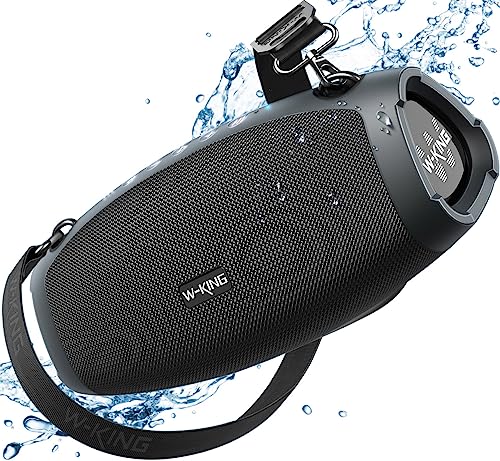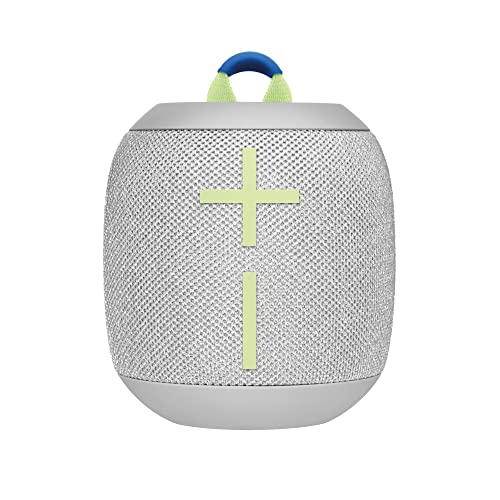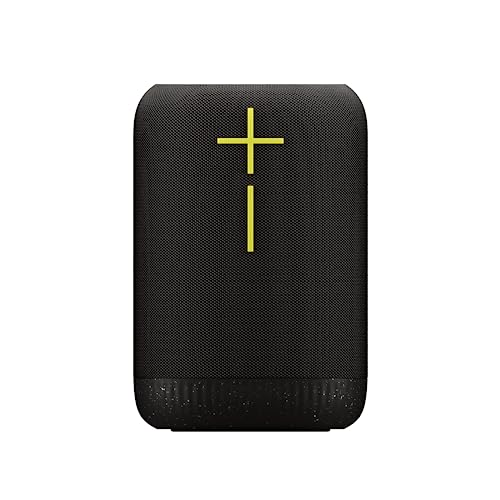Key Takeaways_
- 91% of speaker reviewers are untrustworthy. That means only 9% of publications actually test!
- 16 reviewers publish trusted speaker reviews, including RTINGs , DXO Mark, and Wirecutter. These 16 reviewers’ trusted testing methodologies and reviews fuel our Performance Criteria indicators and True Scores.
- We spent 124 hours total evaluating 177 speaker reviewers for thorough testing and transparency.
Speaker Category Analysis
Speakers have become an essential part of home entertainment systems and professional audio setups, yet finding thoroughly tested reviews online remains a challenge. After three years of research, our investigation has shown that 91% of reviewers fail to properly test speakers, often lacking evidence of thorough testing.
How do we know what to test? Our process involves a meta-analysis of trusted expert testing methodologies, our own testing expertise, and real customer review pain points.
- First, we review existing methodologies from trusted experts and identify their important and frequently-tested Performance Criteria. Both quantitative and qualitative criteria are considered and collected.
- We leverage our testing expertise (we’ve tested and reviewed hundreds of products several years ago) to select the most important Performance Criteria for evaluating speakers.
- We then validate these Criteria by cross-referencing them with common pain points highlighted in real customer reviews.
This way, we ensure our evaluations are both rigorous and relevant.
Categories of Performance & Performance Criteria
We determined that the 7 Performance Criteria in 3 Categories of Performance below are the most important ones to test based on meta analysis of trusted criteria and expert testing methodologies, customer reviews, and our own testing expertise.
| CATEGORY OF PERFORMANCE | PERFORMANCE CRITERIA | UNIT OF MEASUREMENT | DEFINITION |
|---|---|---|---|
| Sound Quality | Min Frequency Response | Hertz (Hz) | The lowest frequency a speaker can reproduce effectively. It indicates how well the speaker can handle deep bass sounds. |
| Sound Quality | Max Frequency Response | Hertz (Hz) | The highest frequency a speaker can reproduce. It indicates the speaker’s ability to produce high-pitched sounds, such as treble |
| Sound Quality | High End Roll Off | Hertz (Hz) | The point at which the speaker declines in output at high frequencies and starts to distort |
| Sound Quality | Low End Roll Off | Hertz (Hz) | The point at which bass response starts to fall sharply, causing it to rapidly become inaudible |
| Sound Quality | Volume Output | Decibels (dB) | The maximum volume that a Bluetooth speaker is able to output when turned to max |
| Ease of Use | Battery Life | Hours (hrs) | The length of time a Bluetooth speaker can play before the battery goes flat |
| Connectivity | Latency | Milliseconds (ms) | The delay between the audio signal being sent to the speaker and the sound being produced |
To evaluate all these criteria, you can use the following equipment which expert testers use to ascertain the quality of speakers:
| IMAGE | NAME | WHAT IT MEASURES | WHY IT’S IMPORTANT | PRICE |
|---|---|---|---|---|
 | Audio Device (Phone, Record Player, iPod, etc.) | General sound quality, ease of use, and connectivity | Where the audio being used for testing comes from | $50 – $1,000 |
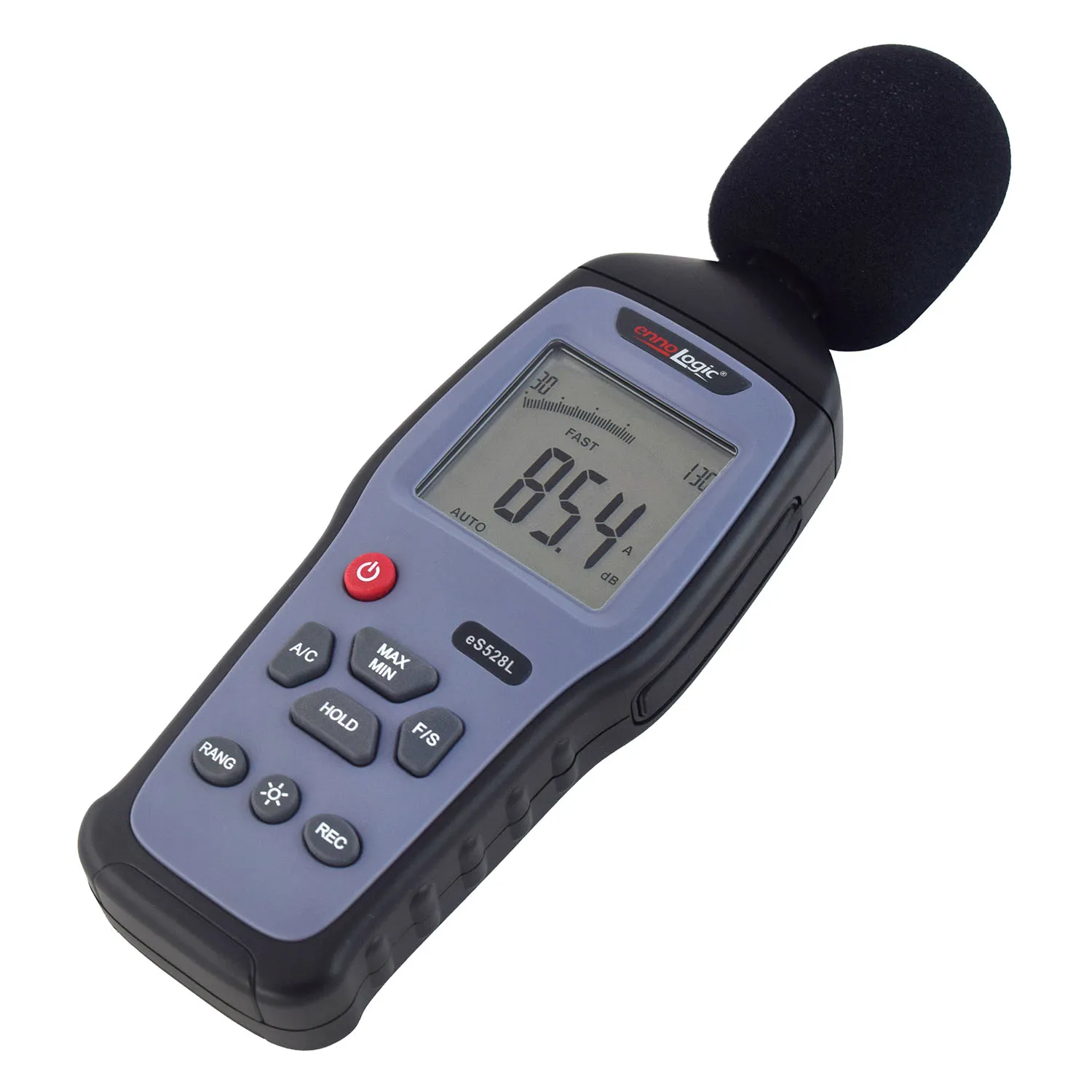 | Sound Level Meter | Volume Output | To measure the volume output and ensure accurate decibel readings | $50 – $500 |
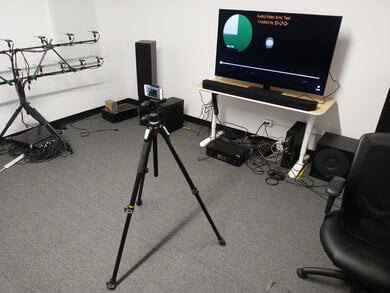 | Dedicated Testing Room | General sound quality | Audio testing rooms are built up to isolate noise and provide a neutral, controlled environment for performing testing “in a vacuum” so to speak | $500 – $5,000 |
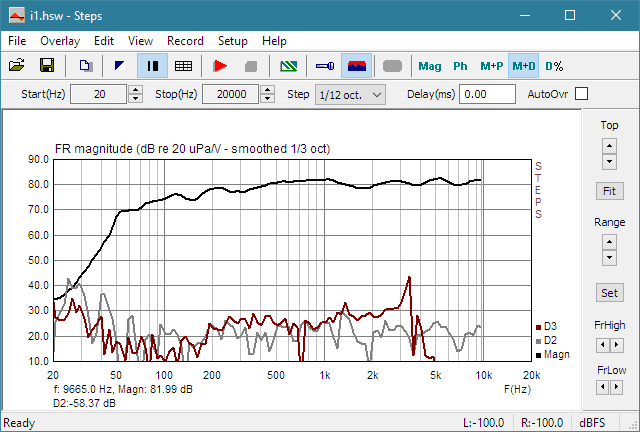 | Audio Analysis Software | Min Frequency Response, Max Frequency Response, High End Roll Off, Low End Roll Off, Volume Output | Software responsible for helping to interpret the noise that microphones pick up for analysis and investigation | $100 – $1,000 |
 | Oscilloscope | Min Frequency Response, Max Frequency Response, High End Roll Off, Low End Roll Off, Volume Output | To visualize the audio signal and check for distortions or anomalies | $300 – $3,000 |
 | Clock/Stopwatch | Battery Life | To measure battery life | $50 – $500 |
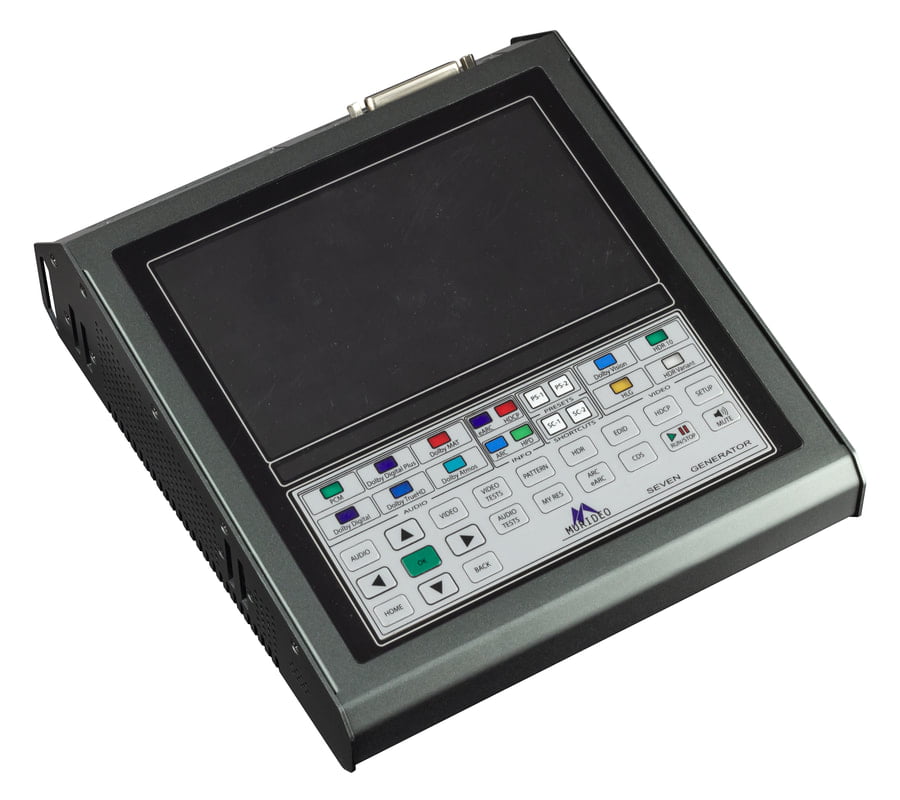 | Latency Testing Tools | Latency | Such as Bluetooth transmitters and receivers, to measure the latency in wireless audio transmission | $10 – $500 |
What Tests are Quantitative and/or Qualitative?
Quantitative tests feature something that is either measurable or binary in nature, which includes tests that measure recline angle and weight limit.
Qualitative tests, on the other hand, are based on things that can’t be properly measured or are a “feeling” someone gets. This includes things like setup and ergonomics.
When deciding the Performance Criteria, we looked at customer pain points we found in customer reviews and determined if they could be tested and if the tests are quantitative or qualitative.
Our Trusted Data Sources
Our Trusted Data Sources
We looked at 170+ speaker reviewers and only 16 are trustworthy (60%+ Trust Rating). The three we have listed below are our most trusted for speakers.
- Becca Fischer – Rtings, MuckRack
- Michelle Powell – TechGearLab, MuckRack
- Brent Butterworth – Wirecutter, MuckRack, LinkedIn
Interested in a comprehensive analysis of our data sources? We’ve got you covered. Below, you’ll find a detailed list of every Bluetooth speaker review website we’ve identified, organized by their respective Trust Ratings from highest to lowest. But we didn’t stop there. We’ve meticulously reviewed each publication and verified the data by checking whether the authors have bio links to MuckRack or LinkedIn. We’re committed to not only checking the facts but ensuring their veracity.
Usage Cases
After identifying the most important Categories of Performance and Performance Criteria, we applied them to real-world applications.
Music
- Important Categories of Performance and Performance Criteria:
- Sound Quality (Min/Max Frequency Response, High/Low-End Roll Off, Volume Output)
- Reasoning: Sound quality is important for music to accurately reproduce the details and emotional range intended by the artist.
- Related Guides: Speakers, Bluetooth Speakers, Loudest Speakers, Multi-Room Speakers, JBL Bluetooth Speakers, Bose Speakers, Party Speakers, DJ Speakers
Videos/Movies
- Important Categories of Performance and Performance Criteria:
- Sound Quality (Min/Max Frequency Response, High/Low-End Roll Off, Volume Output)
- Ease of Use (Battery Life)
- Reasoning: Sound quality ensures clear dialogue, impactful sound effects, and immersive atmosphere, while battery life lets you enjoy uninterrupted viewing experiences.
- Related Guides: Surround Sound Systems, Home Theater Systems, In-Ceiling Speakers
Podcasts
- Important Categories of Performance and Performance Criteria:
- Sound Quality (Min/Max Frequency Response, High/Low-End Roll Off, Volume Output)
- Ease of Use (Battery Life)
- Reasoning: In podcasts, clear sound (good frequency response) is essential for understanding speech and avoiding listener fatigue. Long battery life ensures you can listen to multi-episode podcasts without interruption.
- Related Guides: Wireless Speakers, Tabletop Speakers, Internet Radios, Bluetooth Speakers for Cars
Voice Assistance
- Important Categories of Performance and Performance Criteria:
- Ease of Use (Battery Life)
- Connectivity (Latency)
- Reasoning: Low latency allows for smooth conversations with the assistant, minimizing frustration and ensuring quick action on your requests. Long battery life lets you interact with the assistant throughout the day without worrying about it dying mid-conversation.
- Related Guides: Smart Speakers, Shower Speakers
Outdoors
- Important Categories of Performance and Performance Criteria:
- Sound Quality (Min/Max Frequency Response, High/Low-End Roll Off, Volume Output)
- Ease of Use (Battery Life)
- Reasoning: Speakers with a good frequency response and volume output can overcome noises like wind, traffic, etc., ensuring clear sound across various frequencies. And outside, you often don’t have access to outlets, so a long battery life lets you enjoy your music for extended periods without needing to recharge.
- Related Guides: Outdoor Speakers, Outdoor Bluetooth Speakers, Tailgate Speakers, Waterproof Speakers, Golf Cart Bluetooth Speakers, Boat Speakers
Wrap-Up
Our Speaker Testing Methodology underscores our unwavering commitment to transparency and accuracy in evaluating speaker performance. These Performance Criteria fuel our Trust Ratings that we calculate for each reviewer during our ongoing research, which we analyze further in our Speaker Trust List. The crazy fact that 91% of speaker reviewers lack enough testing emphasizes the need for our meticulous approach.
The Trust Ratings are the bedrock of our Speaker True Scores, which is the most accurate product score on the web. Below are our speaker reviews sorted by highest True Scores. We invite you to learn more about how we score products with True Scores and how they empower you to make informed buying decisions online.
We also invite expert reviewers to contribute to a more trustworthy and transparent review system. By adopting stringent testing standards and/or supporting our efforts, you help elevate the quality of speaker reviews and ensure that consumers can make informed choices based on reliable information.
Let’s commit to higher standards together. Together, we can transform the landscape of speaker reviews for the better.



